Schedule
June 2-4, 2024 | Scottsdale, AZ
Day(s)
:
Hour(s)
:
Minute(s)
:
Second(s)
SUNDAY
JUNE
2
10am-5:30 pm
Registration & Orientation
1:30-5 pm
Phoenix Brewery Tour
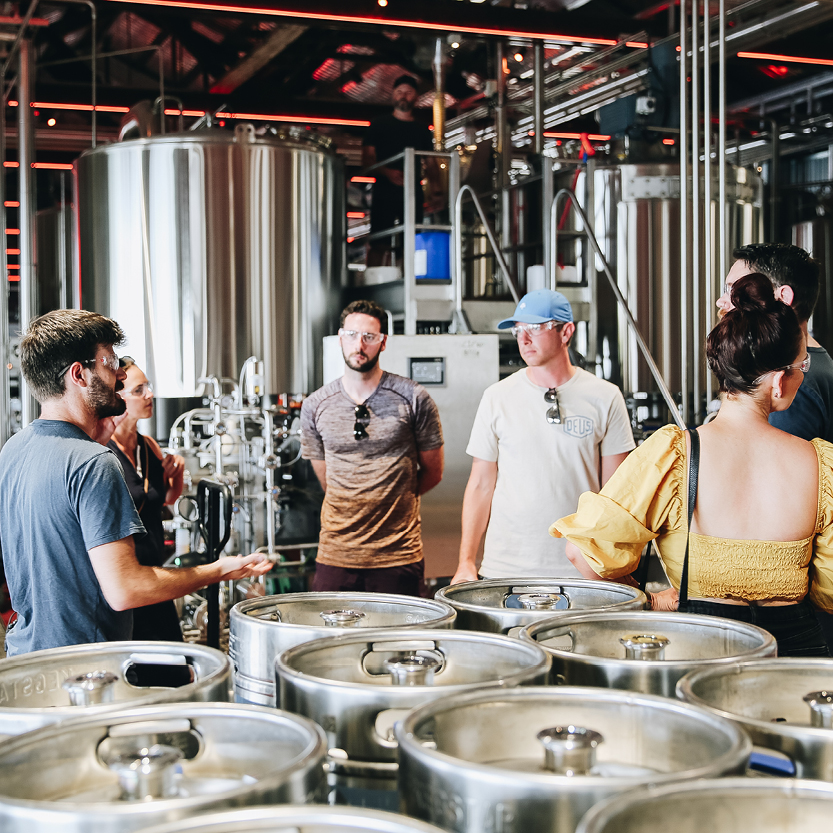
6:15-7 pm
Welcome Reception

brought to you by![]()
7-9:30 pm
Dinner Program // Healthcare in Fast Forward

Nick Webb
Healthcare Futurist | Bestselling Author
MONDAY
JUNE
3
6:30-7 am
Group Run / Walk
7:15-7:55 am
Breakfast
8-8:50 am
The State of the Healthcare Facilities
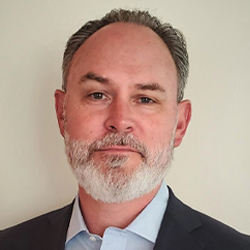
Jesse Balok
Vice President, Campus Planning and Operational Integration – Henry Ford Health
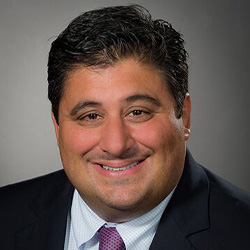
Vincent Grippo
Vice President, Enterprise Services – Northwell Health
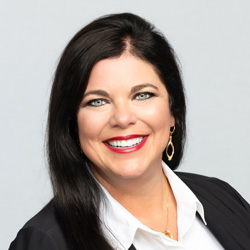
Renee Jacobs
Healthcare Director – Distech Controls
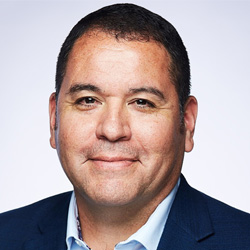
Andy Woommavovah
Vice President Facilities, Construction and Sustainability – Trinity Health
8:55-10:15 am
Sourcing Meetings
Innovation Talks
10:20-10:40 am
Innovations in Modular and Prefab
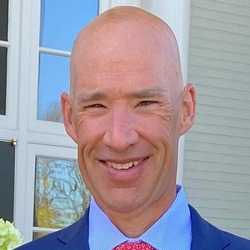
Russell Templin
SVP, Healthcare, JE Dunn
10:40-11 am
Workspace Optimization in the New Work Era

Priya Cherukuru
Executive Director, Facilities Planning – Stanford Health Care
11-11:20 am
Top 5 Things You Need to Do to Create a High-Performance Facility
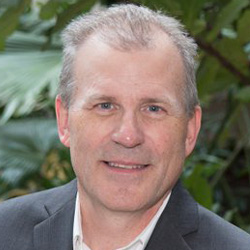
Brian Weldy
Executive Innovation and Development Leader – Demand Inspired
11:25 am-12:25 pm
Sourcing Meetings
12:25 am-1:25 pm
Lunch
1:30-2 pm
Fresh Thinking on Ambulatory Experiences
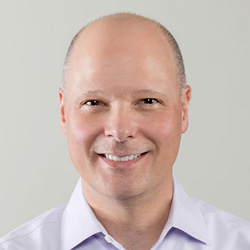
Dan Stanek
Executive Vice President – WD Partners
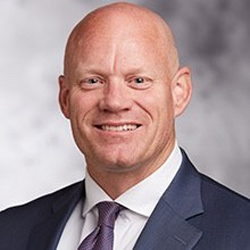
Brian Standage
CEO – Banner Health Retail Services
2-2:20 pm
Project Leadership: Utilizing High Reliability Concepts to Ensure Success for a New Pediatric Campus
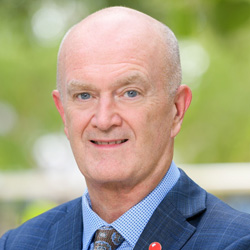
Bob Feldbauer
EVP, Facilities & Real Estate – Children’s Health
2:25-3:25 pm
Sourcing Meetings
3:30-3:50 pm
Delivering the State-of-the-Art Texas Children’s Hospital Austin Campus

Gaurav Khadse
AVP, Facilities Planning & Development – Texas Children’s Hospital
3:50-4:30 pm
AI At the Heart: Innovation Towards Smarter Healthcare Facilities

Ron Galloway
Author | AI in Healthcare Expert
4:35-5:30 pm
Happy Hour MasterMinds – Health System Executives Only
Decarbonization Strategy
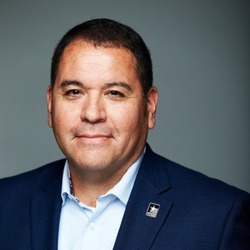
Andy Woommavovah
System Director, Facilities Management, Energy & Infrastructure – Trinity Health
All Things Construction
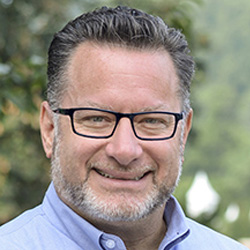
Lee Levicoff
Vice President of Planning & Construction Management – St. Luke’s University Health Network
Navigating Digital Transformation Effectively

Bret Elam
Senior Manager, Capital Programs – OnIndus
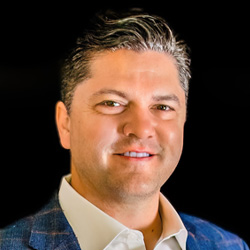
Bryce Burkett
Director, Project Management – Baylor Scott & White
The Risk of Inaction: How Does It Impact Your Health Facility?
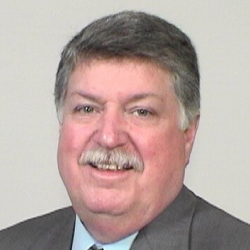
Mark Kenneday
Director, Market Strategy & Development Healthcare – Gordian
5:30-6:00 pm
Free Time
6:40-10:00 pm
A Night at the Ballpark!
After a full day of content and meetings, unwind and network at Chase Field as we watch the Arizona Diamondbacks take on the San Francisco Giants. Enjoy exclusive access to the Estrella Jalisco Cantina with panoramic views of Right Field, while savoring delicious food and drinks as we enjoy America’s favorite pastime!

TUESDAY
June
4
7:30-8:15 am
Breakfast
8:30-9:10 am
Lessons Learned in the Reinvention of a Public Health Care System
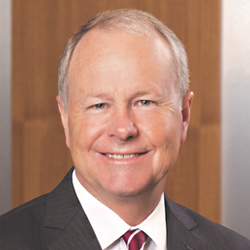
Steve Purves
CEO – Valleywise Health
9:10-9:30 am
Why Your Next Employees will be AI Agents
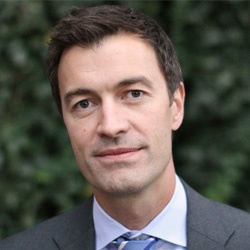
Jordan Cram
CEO – Enstoa
9:35-10:15 am
Sourcing Meetings
10:15-10:45 am
Catch and Keep: Retaining and Mentoring Your Talent Pool

Lindsey Brackett
CEO – Legacy FM
10:50-11:50 am
Integrated Leadership: The Foundation of Success in Today’s Project Delivery Models
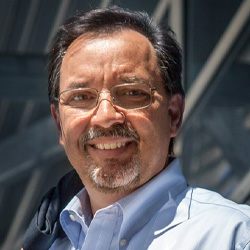
Denton Wilson
Founder – IC3
11:50 am-12:30 pm
Bon Voyage Brunch
Wanna join us?
ATTEND
(HEALTHCARE EXEC)
Qualified execs attend at no cost. The invitation includes accommodations for two nights, full meals and access to all networking excursions.
PARTNER
(INDUSTRY VENDOR)
Partnering with HealthSpaces is a great way to get your company in front of real estate and facilities leaders at the nation’s top healthcare systems.